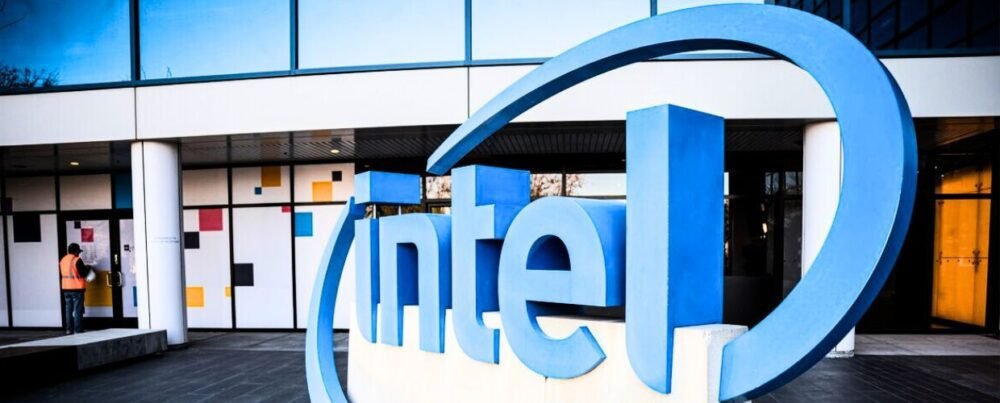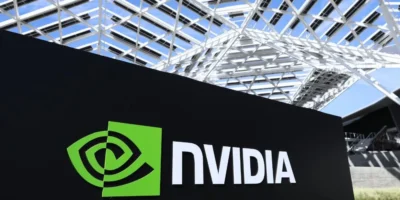Intel Corporation, widely recognized as Intel stands tall as a global technology powerhouse that has spearheaded innovation for over five remarkable decades. The company was founded in 1968 by Robert Noyce and Gordon Moore, with its headquarters in the vibrant city of Santa Clara, California. It has cemented its status as one of the technology industry’s largest and most influential entities. It is renowned for its cutting-edge microprocessors and semiconductor technologies that have revolutionized the world.
Early History and Innovation
The extraordinary journey of Intel commenced with a groundbreaking achievement—the creation of the world’s first commercially viable microprocessor, the Intel 4004, in 1971. This unprecedented invention reshaped the computing industry and laid the groundwork for the development of modern computers. Since then, they have consistently pushed the boundaries of technological advancement, introducing a series of trailblazing microprocessors that have powered an infinite array of devices, from personal computers and servers to laptops and mobile devices.
From its inception, it has shown an unwavering commitment to research and development, making substantial investments in cutting-edge technologies. The company’s innovative prowess extends beyond microprocessors, encompassing groundbreaking advancements in-memory technology, networking, artificial intelligence, and autonomous systems. Intel’s relentless pursuit of excellence has led to many industry milestones, firmly establishing its leadership position within the technology sector.
Market Dominance and Competition
Intel has long held a prominent position as a dominant force in the semiconductor market, supplying processors to renowned computer manufacturers globally. Its x86 architecture has emerged as the industry standard for personal computers and servers, giving it a competitive edge. However, the company has faced escalating competition recently, primarily from formidable rivals such as AMD (Advanced Micro Devices) and ARM (Advanced RISC Machines).
The emergence of mobile devices and the escalating demand for energy-efficient processors have posed challenges to its traditional stronghold in the market. It has prompted the company to diversify, expand its product offerings, and invest in emerging technologies. Despite the intensifying competitive landscape, they have steadfastly maintained its position as a pivotal player in the industry, harnessing its vast resources, robust brand reputation, and unyielding commitment to innovation.
Expansion into New Frontiers
In response to the ever-evolving technology landscape, Intel has steered its focus beyond conventional computing devices. The company has wholeheartedly embraced emerging trends, including artificial intelligence, the Internet of Things (IoT), and autonomous driving, in an earnest endeavor to drive its growth and ensure its unwavering relevance in the digital era.
Its foray into the realm of AI is particularly noteworthy. The company has harnessed its technical expertise to develop specialized processors, such as the Intel Xeon Phi, meticulously designed to accelerate AI workloads. Moreover, Intel has fervently invested in AI startups and research institutions, fostering collaboration and propelling advancements in this rapidly evolving field; by synergistically leveraging its prowess in both hardware and software, Intel endeavors to shape the future of AI, empowering industries to harness the full potential of this transformative technology.
Corporate Social Responsibility
Intel staunchly acknowledges the paramount importance of corporate social responsibility and sustainability. The company has undertaken significant endeavors to curtail its environmental footprint, diligently implementing energy-efficient practices and investing in renewable energy sources. It is ardently committed to achieving net-zero carbon emissions and actively works to transform this vision into a tangible reality.
In addition to its environmental endeavors, Intel profoundly emphasizes diversity and inclusion, steadfastly striving to cultivate an inclusive work environment that celebrates various perspectives and experiences. The company has set forth ambitious diversity goals and has made notable strides in augmenting the representation of women and underrepresented minorities within its workforce. Wholeheartedly supports various educational initiatives, seeking to inspire and empower future generations of technologists from diverse backgrounds.
Conclusion
Intel Corporation’s illustrious history of relentless innovation and technological leadership has propelled it to the forefront of the global technology industry. With its pioneering microprocessors and unwavering commitment to research and development, they have indelibly shaped how we interact with and harness the power of technology.
As Intel progressively ventures into new frontiers, encompassing artificial intelligence, IoT, and autonomous systems, it continues to push the boundaries of what is deemed possible. Through investments in emerging technologies, diversification of its product portfolio, and unwavering dedication to sustainability and inclusivity, It remains poised to spearhead technological advancements and decisively shape the future of the digital realm.













